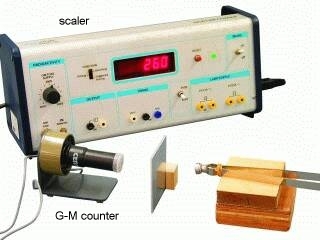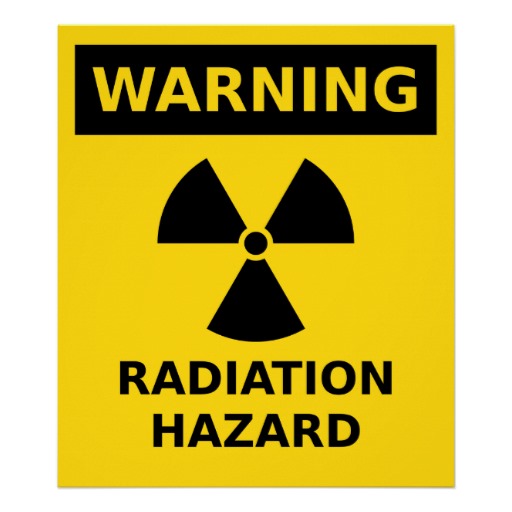|
Properties of Nuclear
Radiation
Objectives
• Know that there are three types of nuclear
radiation.
• Know the main properties of the three types of
nuclear radiation.
• Be able to compare the types of radiation in terms
of ionising power and penetrating power.
Task 1 - Recap
Remind the person next to
you:
• The three particles which
make up an atom.
• How these particles are
arranged.
• What is meant by an
ion.
Task 2
Some elements have unstable
nuclei. This causes them to decay, releasing one of three types of
radiation. Your teacher will show you examples of several
radioactive materials, each of which releases one (or more) types of
radiation.
Watch the demonstrations to
see how each type of radiation is affected as it passes through a range
of materials.

| SAFETY:
Radioactive substances can be incredibly harmful.
You MUST NOT touch any of the radioactive samples under any
circumstances. Your teacher will ask you to sit at least
2m back from the radioactive samples. Follow your
teacher's instructions carefully to avoid being harmed. |
 |
Task 3
Most of the properties of the
different types of nuclear radiation can be deduced from basic knowledge
of atomic structure, and the examples of the differing penetrating
powers you have just seen. Your teacher will give you a
copy of the table below, and help you to fill in the two columns
which have been marked with an asterisk.
Now, working with the person
next to you, try to fill in your table. Write all answers in
pencil in case you make any mistakes!
| |
Alpha
(α) |
Beta
(β) |
Gamma
(γ) |
|
What is
it?* |
|
|
|
|
Charge |
|
|
|
|
Relative size & mass |
|
|
|
|
Relative
speed |
|
|
|
|
Stopped
by* |
|
|
|
|
Penetrating power |
|
|
|
|
Ionising
power |
|
|
|
When you have finished, your teacher will go through
the answers with you.
Task 4
Your teacher will give you a
sheet with a
copy of the information below.
An experiment is carried out
with three radioactive sources. Different absorbing materials are put in
front of each source, and the radiation passing through is measured. The
results are shown below:
| |
Radiation
detected (counts per second) |
|
Source |
no absorber |
thick cardboard |
2cm of aluminium |
2cm of lead |
|
A |
8 |
8 |
7 |
5 |
|
B |
12 |
5 |
4 |
3 |
|
C |
10 |
9 |
0 |
0 |
It is known that: one source emits beta particles;
another source emits gamma rays; the third source gives out two types of
radiation.
Try to decide which type(s) of radiation is given out
by each source.
Source A emits ……………………………….
Source B emits ……………………………….
Source C emits ……………………………….
Homework/Extension
We find background radiation
all around us. Write a paragraph explaining what background
radiation is, and where it comes from. You should, in particular,
include a section on Radon gas.
|

